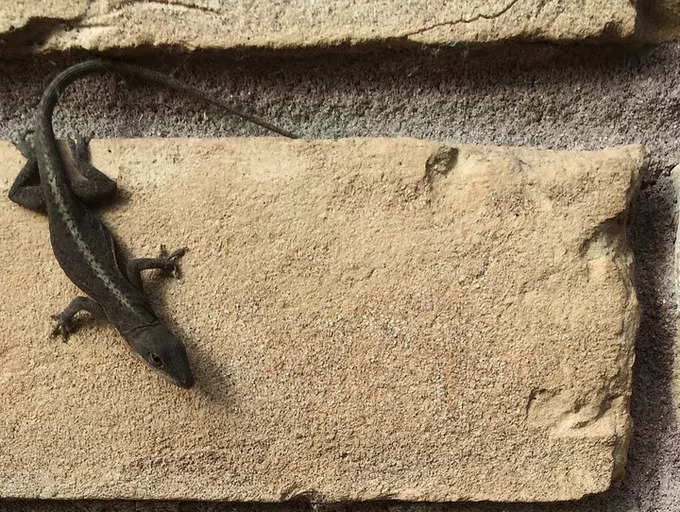 reptiles and amphibians are a diverse group of animals which have tailored to various environments and lifestyles. One among the key adaptations that differentiates reptiles from other classes of animals is their technique of respiratory. While some reptiles breathe using lungs, others have developed to breathe using gills.
reptiles and amphibians are a diverse group of animals which have tailored to various environments and lifestyles. One among the key adaptations that differentiates reptiles from other classes of animals is their technique of respiratory. While some reptiles breathe using lungs, others have developed to breathe using gills.
 Most reptiles body temperature, including snakes, lizards, and turtles, breathe using lungs. These lungs are simple in structure compared to these of mammals, but they are extremely environment friendly at extracting oxygen from the air. The lungs of reptiles are often elongated, with skinny partitions that are rich in blood vessels. As the reptile pets for teenagers inhales, air is drawn into the lungs and reptiles body temperature oxygen diffuses into the blood stream, while carbon dioxide is expelled throughout exhalation.
Most reptiles body temperature, including snakes, lizards, and turtles, breathe using lungs. These lungs are simple in structure compared to these of mammals, but they are extremely environment friendly at extracting oxygen from the air. The lungs of reptiles are often elongated, with skinny partitions that are rich in blood vessels. As the reptile pets for teenagers inhales, air is drawn into the lungs and reptiles body temperature oxygen diffuses into the blood stream, while carbon dioxide is expelled throughout exhalation.
However, there are some exceptions to this rule. For example, some reptiles, comparable to sure species of turtles and sea snakes, have advanced to breathe using gills. These reptiles are usually tailored to aquatic environments, where it’s more efficient to extract oxygen from water rather than air. The gills of these reptiles are usually situated on the sides of the top, behind the eyes, and operate equally to the gills of fish.
Reptiles that breathe utilizing gills have advanced specialized mechanisms to extract oxygen from water. For example, exotic pet keeping some aquatic turtles have highly vascularized pharyngeal tissue that enables them to extract oxygen instantly from the water they swallow. Sea snakes have developed environment friendly gills that allow them to extract oxygen from seawater, enabling them to spend prolonged intervals of time underwater with out needing to surface for air.
The evolution of gills in certain reptile species highlights the unbelievable adaptability of reptiles to different environments. While most reptiles breathe using lungs, the flexibility of some reptiles to breathe utilizing gills demonstrates the versatility of this class of animals. Whether on land or in water, reptiles have advanced a variety of respiratory adaptations that have helped them thrive in various habitats.
In conclusion, reptiles have evolved numerous respiratory adaptations, with some breathing utilizing lungs and others using gills. Whereas most reptiles breathe utilizing lungs, sure species have adapted to aquatic environments by evolving gills to extract oxygen from water. These numerous respiratory adaptations highlight the unimaginable adaptability of reptiles and their capacity to thrive in a wide range of environments. Further analysis into the respiratory mechanisms of reptiles will proceed to reinforce our understanding of these fascinating animals.